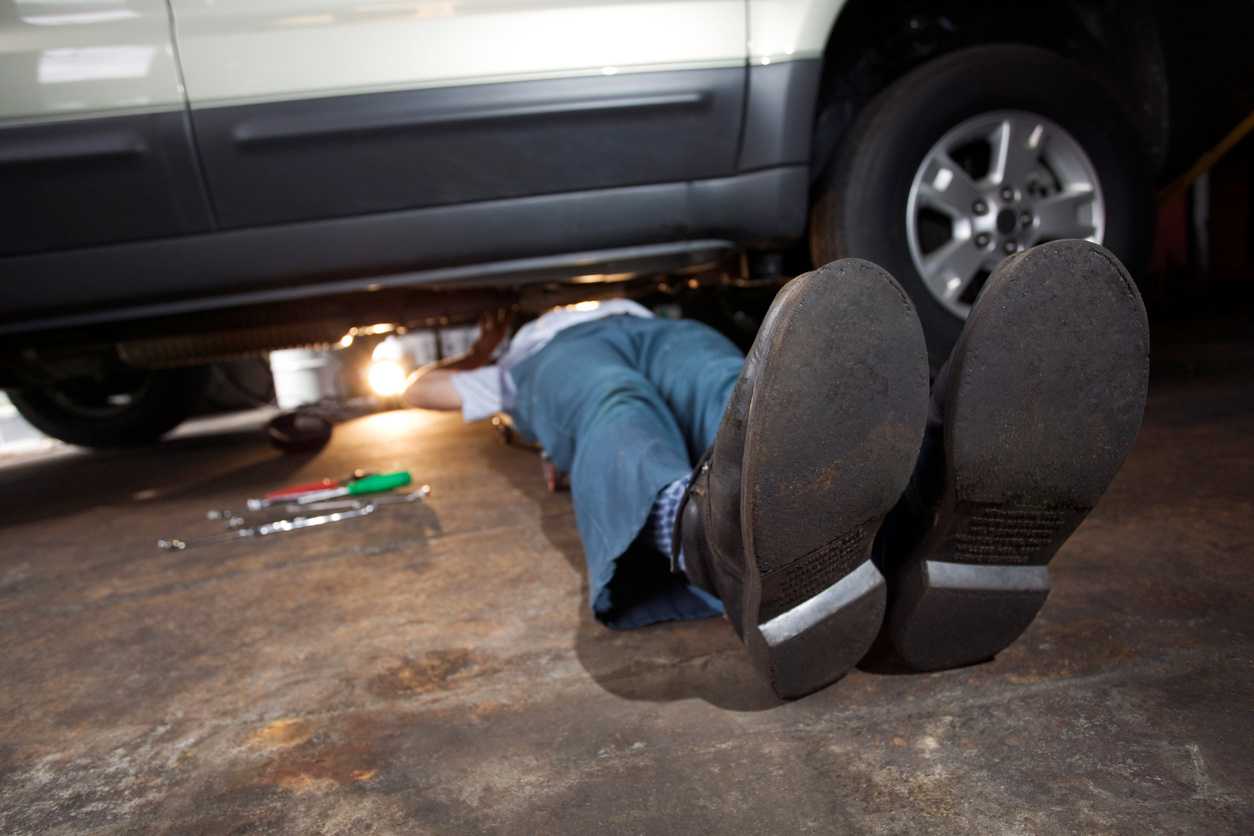For the scuttle, pedal box and battery plate, I have used rivnuts and M6 cap heads to hold it all together. I prefer the psychological comfort of being able to easily take it all apart again if needs be, rather than using rivets and “black glue”.
By positioning the bolts carefully I have aimed for low visual impact but a strong and robust construction.
| Add caption |
With the peddle box now in place, I could think about the pedals again. I connected the clutch cable – straightforward. (I still need to adjust the cable from the lower clutch arm connectors). Then the accelerator. After talking to Richard@GBS the last time I was at the factory, he recommended grinding down on side of the pivot tube almost down to the weld. This will bring the pedal across slightly and make it easier to drive. You don’t need to use the pre-drilled hole in the pedal box, but I have chosen to as it would need filling if I didn’t. I is not quite lined up which means the pedal is not swinging absolutely freely. Once I have connected the accelerator cable I will check if this is a problem and adjust if I must.



